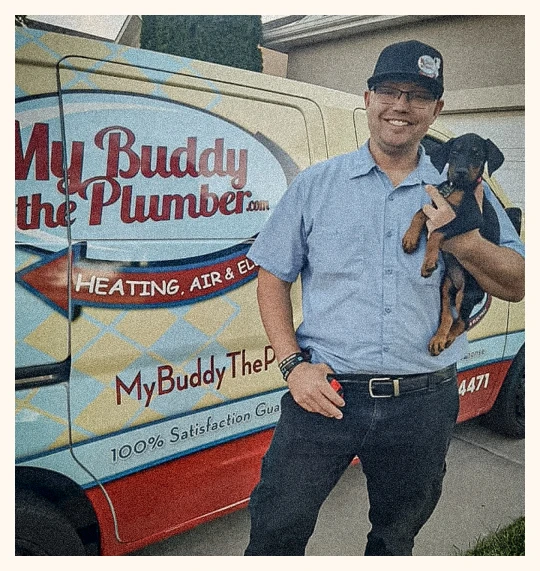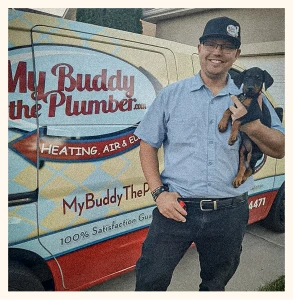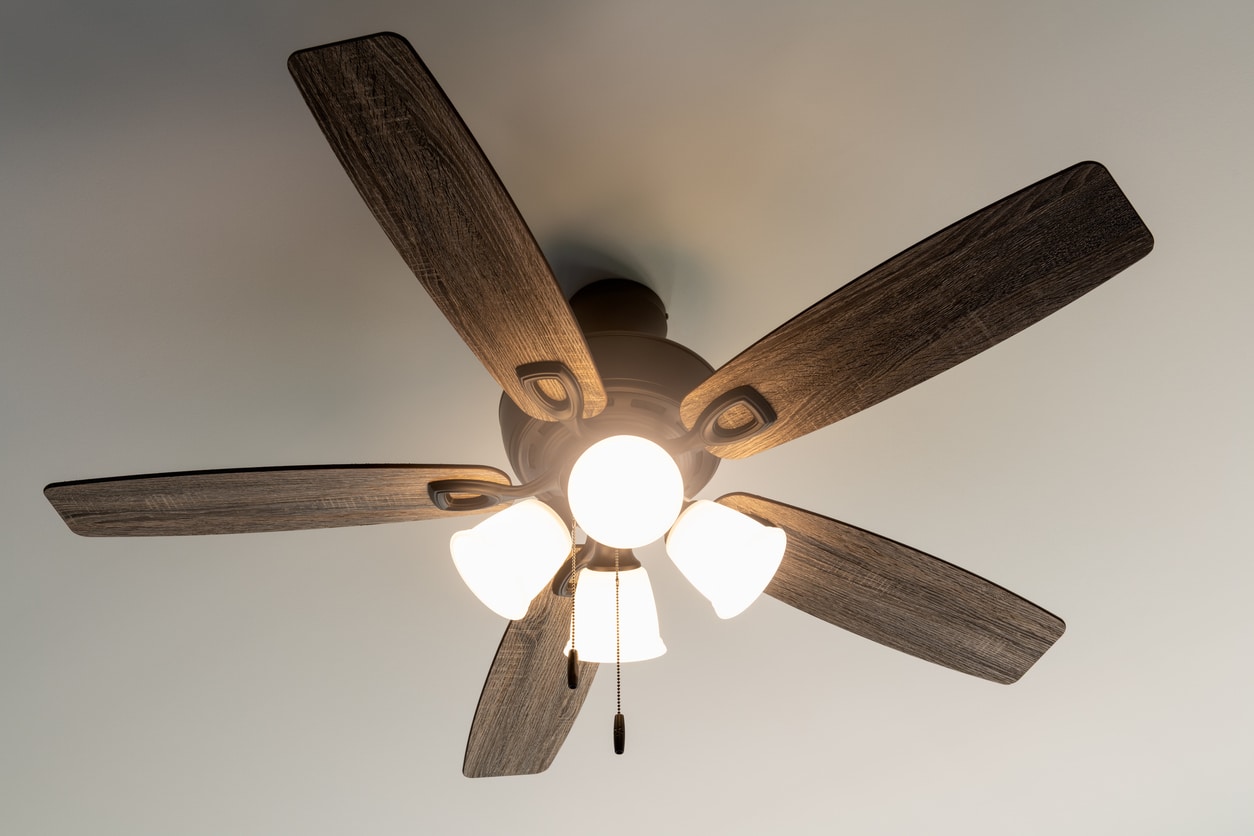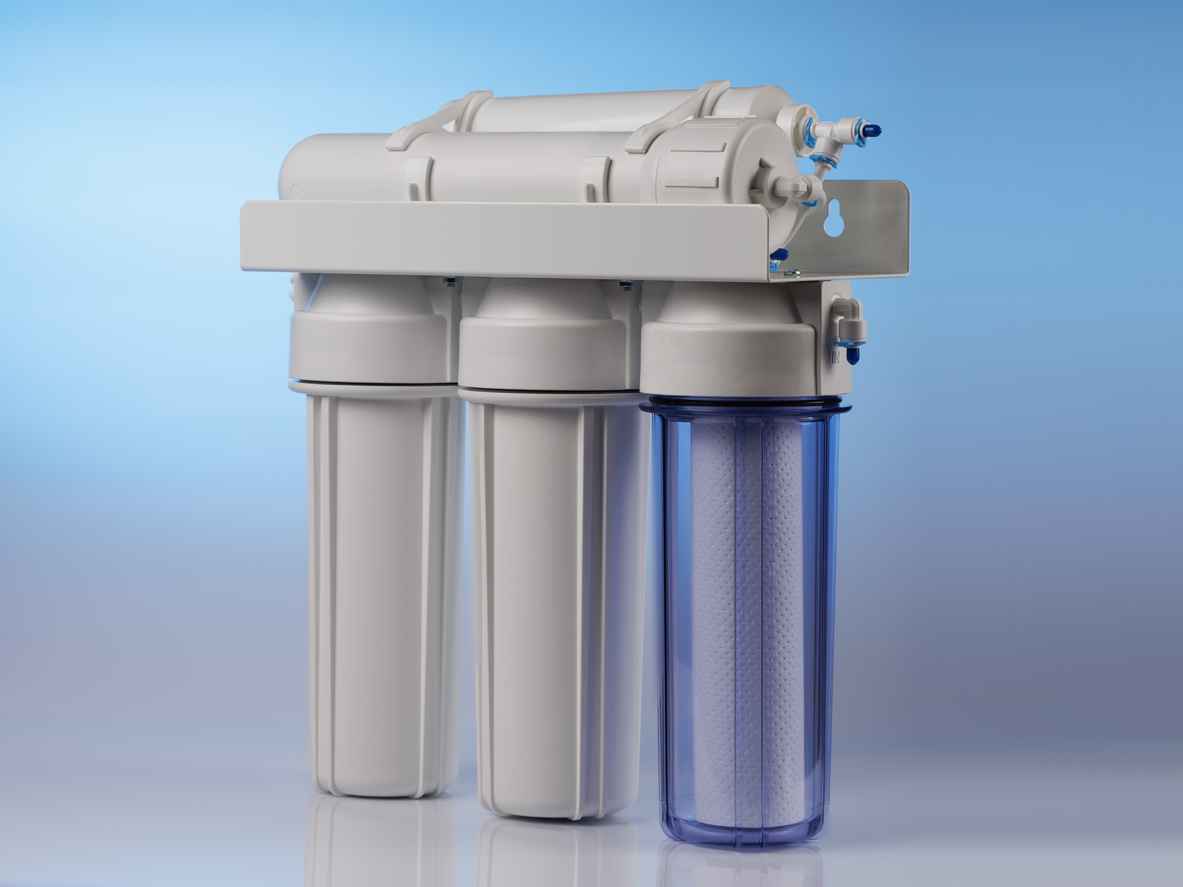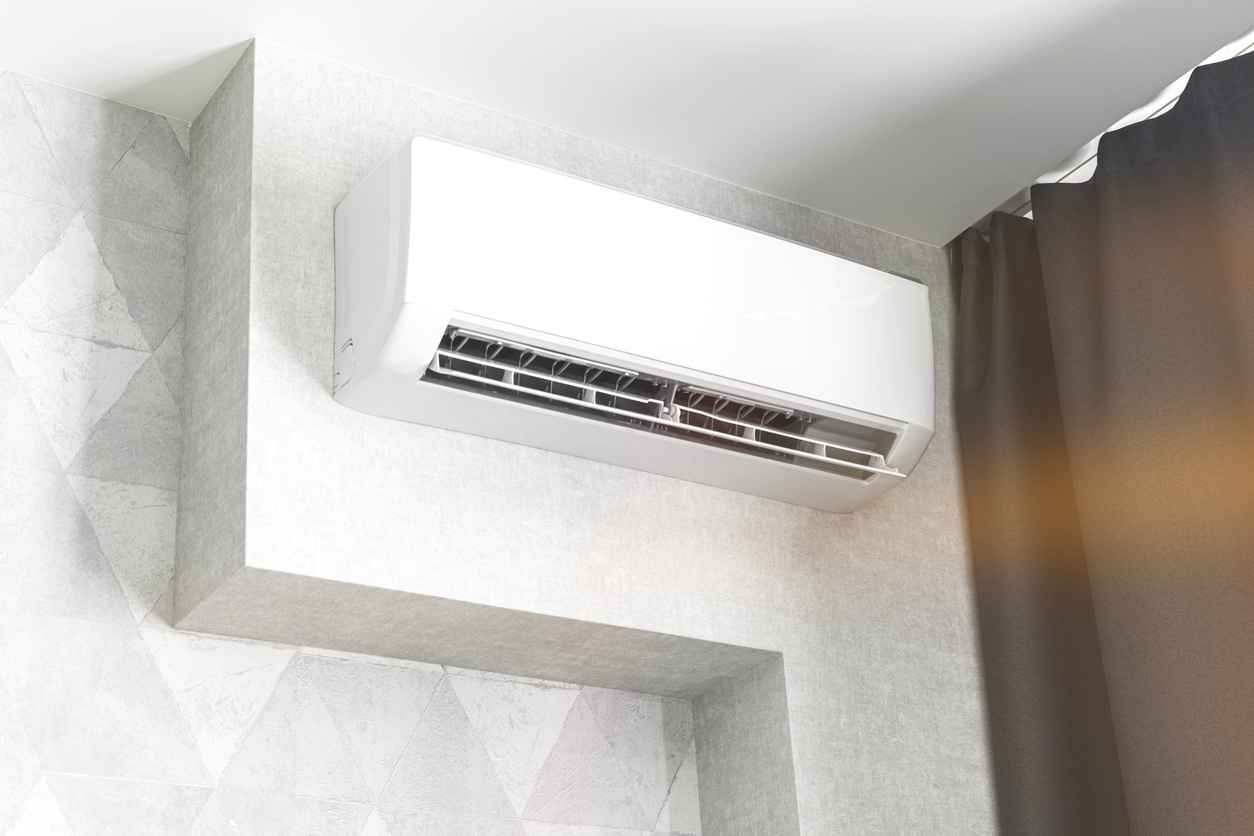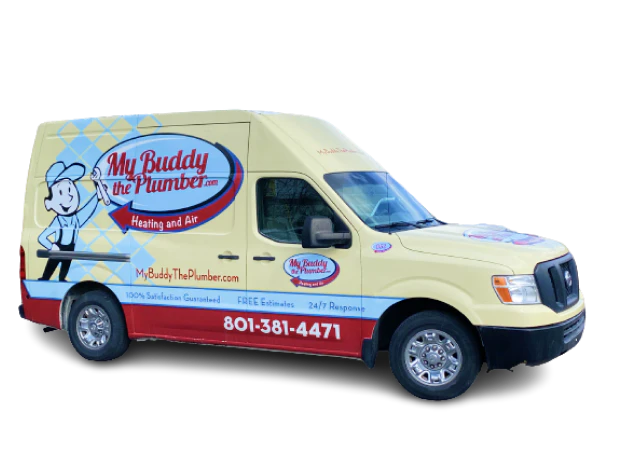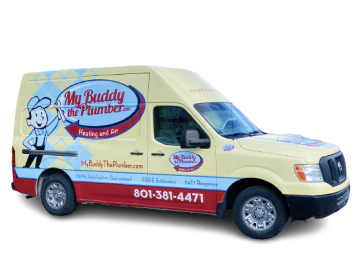How to Handle Frozen Pipes Like a Pro
When the temperature drops too low, you may find yourself with a case of frozen pipes, which can leave you without running water to certain fixtures or even the whole house. If you suspect you have frozen pipes, give us a call today! We’ll not only get your pipes thawed in the quickest way possible, we’ll look for long-term remedies so you’re not dealing with the same problem winter after winter.
Give us a call, and we’ll get your water flowing again in no time!
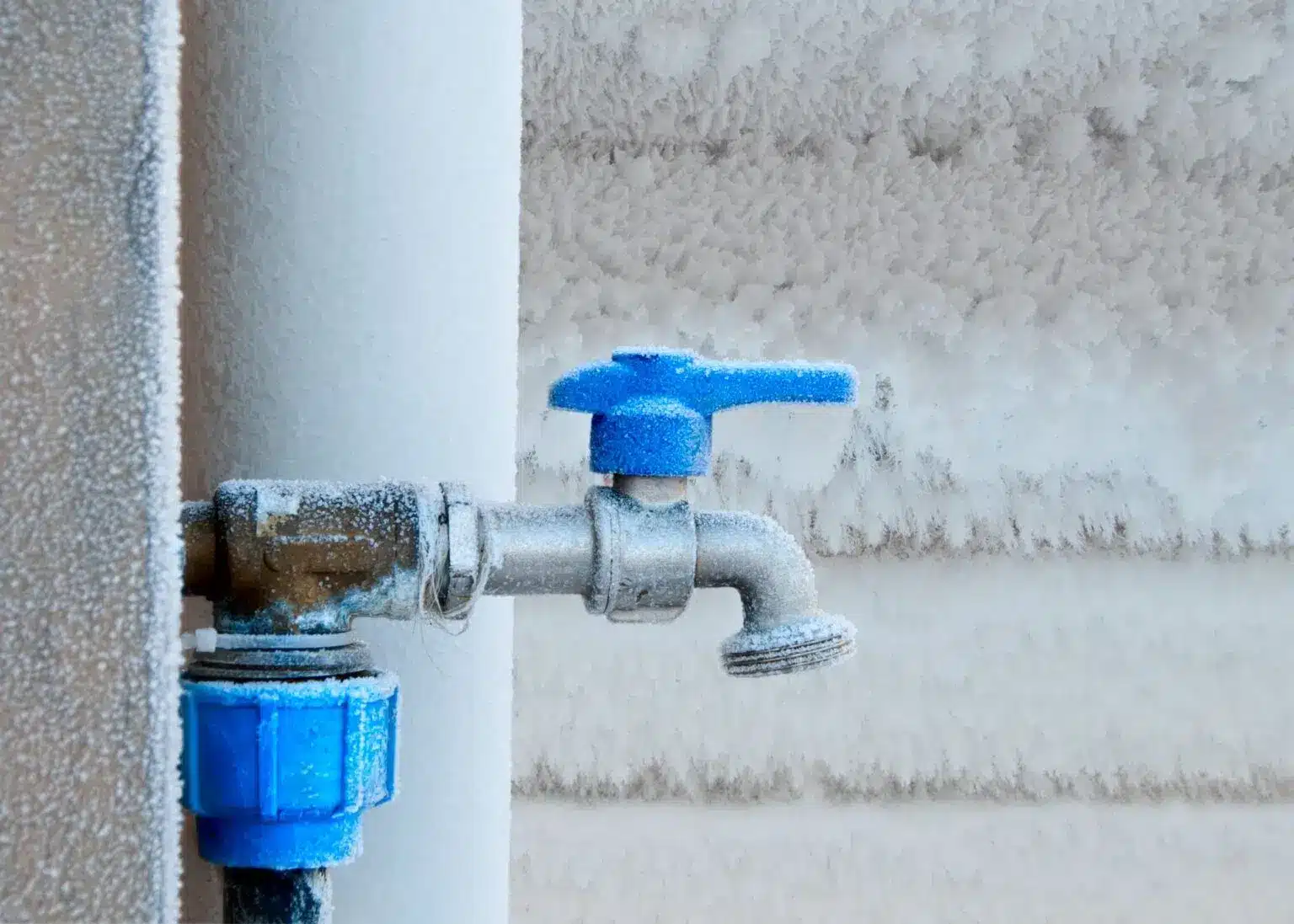
By being prepared and informed you can avoid an expensive and messy issue from frozen pipes.
Why Pipe Freezing is a Problem
When water freezes it expands and when it expanded it puts incredible pressure on your pipes. When water freezes it does not matter what type of piping you have the expanding pressure can cause your pipes to break. Pipes that most frequently freeze are those that are exposed to extreme cold, like outdoor hose bibs(faucets), attics, swimming pool supply lines, water sprinkler lines, and water supply pipes in unheated interior areas like basements and crawl spaces, garages, or kitchen cabinets. Pipes that run against exterior walls that have little or no insulation are subject to freezing.
How to Prevent Frozen Pipes
In the fall before the cold weather sets in follow these guidelines to prevent expensive repairs in the future:
- Drain water from swimming pool and water sprinkler supply lines following manufacturer’s or installer’s directions. Do not put antifreeze in these lines unless directed by the manufacturer. Make sure that your sprinkler Stop and Waste is turned off.
- Remove, drain, and store hoses used outdoors. Close inside valves supplying outdoor hose bibs. Open the outside hose bibs to allow water to drain. Keep the outside valve open so that any water remaining in the pipe can expand without causing the pipe to break.
- Check around your home for other areas where water supply lines are located in unheated areas. Look in the basement, crawl space, attic, garage, and under kitchen and bathroom cabinets. Both hot and cold water pipes in these areas need to be insulated.
- Consider installing specific products made to insulate water pipes like a “pipe sleeve” or installing UL-listed “heat tape,” “heat cable,” or similar materials on exposed water pipes in unheated areas. You can also add space heaters to these areas on extremely cold days and nights.
During Cold Weather, Take Preventative Action
The coldest temperatures occur at night while people are sleeping, so before the onset of cold weather, follow these guidelines to help prevent frozen pipes:
- Keep garage doors closed if there are water supply lines in the garage.
- Open kitchen and bathroom cabinet doors to allow warmer air to circulate around the plumbing. Make sure to do this especially at night.
- Let the cold water drip from the faucet served by exposed pipes. Running water through the pipe – even at a trickle – helps prevent pipes from freezing.
- Keep the thermostat set to the same temperature both during the day and at night. By temporarily suspending the use of lower nighttime temperatures, you may incur a higher heating bill, but you can prevent a much more costly repair job if pipes freeze and burst.
- If you will be going away during cold weather, leave the heat on in your home, set to a temperature no lower than 55° F as well as follow the above steps to assure that you will not come home to a costly surprise.
Follow These Steps to Thaw Frozen Pipes
Follow these steps if you suspect you have frozen pipes:
- If you turn on a faucet and only a trickle comes out, suspect a frozen pipe. Likely places for frozen pipes include against exterior walls or where your water service enters your home through the foundation.
- Keep the faucet open. As you treat the frozen pipe and the frozen area begins to melt, water will begin to flow through the frozen area. Running water through the pipe will help melt ice in the pipe.
- Apply heat to the section of pipe using an electric heating pad wrapped around the pipe, an electric hair dryer, a portable space heater (kept away from flammable materials), or by wrapping pipes with towels soaked in hot water. Do not use a blowtorch, kerosene or propane heater, charcoal stove, or other open flame device.
- Apply heat until full water pressure is restored. If you are unable to locate the frozen area, if the frozen area is not accessible, or if you cannot thaw the pipe, give us a call and we will have a professional licensed plumber come out.
- Check all other faucets in your home to find out if you have additional frozen pipes. If one pipe freezes, others may freeze, too.
Future Protection for Your Utah Home
- Consider relocating exposed pipes to provide increased protection from freezing.
- Pipes can be relocated by a professional if the home is remodeled.
- Add insulation to attics, basements and crawl spaces. Insulation will maintain higher temperatures in these areas.
- For more information, please give us a call so we can help you prevent costly repairs.
Recent Posts
Recent Posts


Join the My Buddy Club
Easy Maintenance & Exclusive Benefits
The My Buddy the Plumber’s Club is our comprehensive maintenance membership program that will protect your home comfort systems! From an in-depth home plumbing inspection to thorough furnace and air conditioning tune-ups, the club does it all. Our team will ensure your HVAC, plumbing, and electrical systems are running safely and in top shape. Joining our club can also provide plenty of exclusive perks, such as:
- Priority service
- 10% discount on repairs
- No after-hours fees
- Peace of mind
- Matched manufacturer’s warranty
- Tank water heater flush
- Drain cleaning
- Electrical safety inspection


